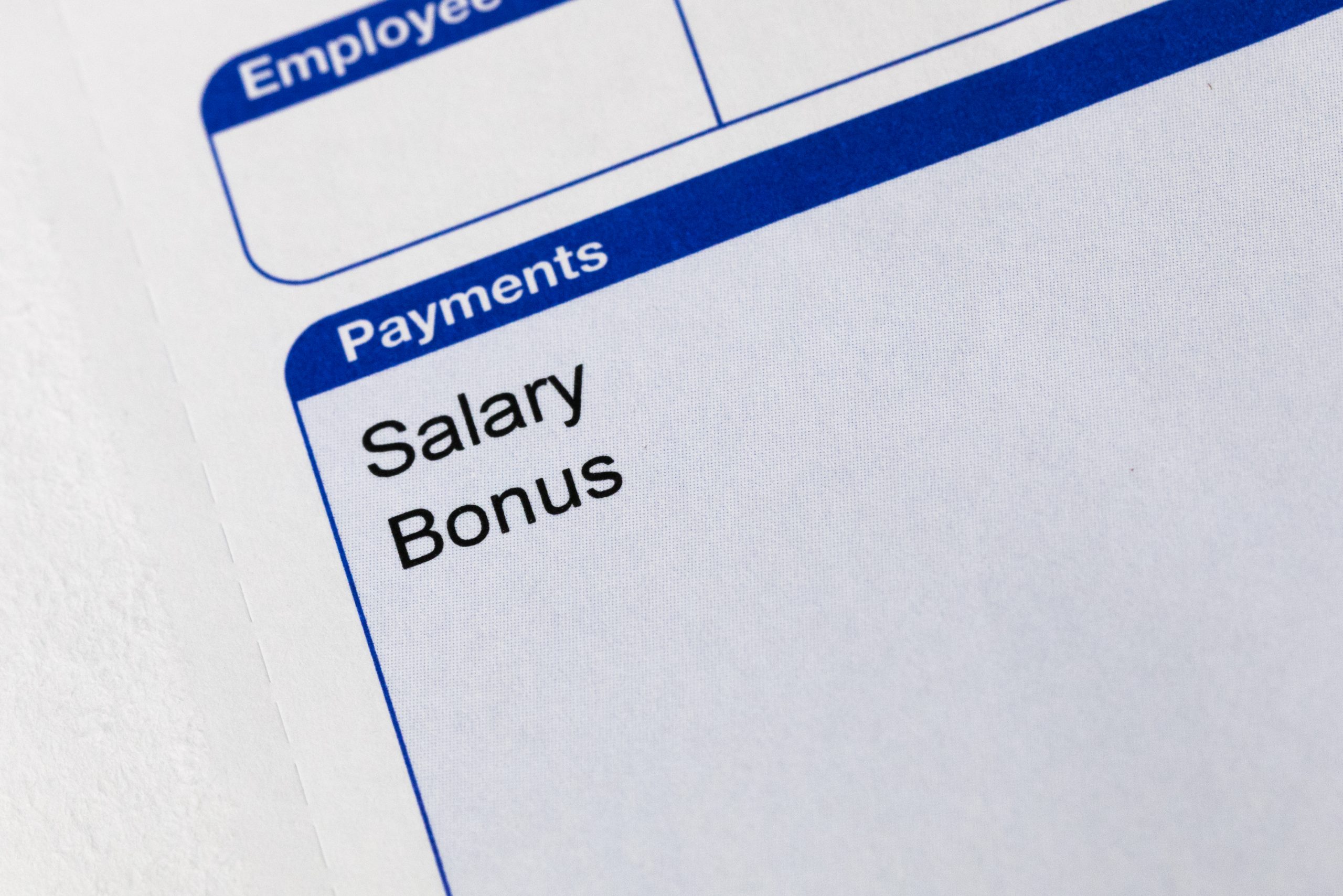The Financial Conduct Authority (FCA) said it had seen “some indications” of a more competitive cash savings market emerging.
The regulator found that its savings review, which kicked off earlier this year, has persuaded big banks to pay higher interest rates to savers. It also found that savers are moving their money to take advantage of the higher rates on offer.
According to FCA figures, from July 2023 to October 2023, both the volume of deposits held in bank and building society non-interest-bearing accounts and easy access accounts reduced by £11bn. Deposits held in fixed-term and notice accounts increased by £17bn.
The review in July was followed by a 0.25% base rate rise in August. Over that time, the average easy access account rose 0.33 percentage points (to 1.99%), and the average fixed term rate was up 0.58 percentage points (to 3.52%).
This update follows the 14-point action plan the FCA set out in July. The regulator said that while there had been progress from savings institutions, it still expected to see continued improvement from some firms.
‘Still low paying accounts out there’
Sheldon Mills, the FCA’s executive director of consumers and competition, said: “There is a more competitive savings market now than July – including many easy access accounts paying above 5%. But there are still low paying accounts out there, particularly products that are no longer on sale. We want firms to keep prompting customers in lower paying accounts to move, and we encourage customers to shop around for the best savings deals.
“We will continue to closely monitor the savings market in 2024 to ensure that customers receive fair value.”
Analysis by Hargreaves Lansdown found that high street banks still don’t offer rates near to the most competitive on the market. There are numerous easy access savings accounts paying more than 3% at the moment, with the best on the market are offering more than 5%.
Mark Hicks, head of active savings at Hargreaves Lansdown, said: “The FCA savings review, and pressure from MPs, finally persuaded the high street giants to shift off their rock bottom rates. And it was about time too. But it doesn’t mean we can afford to leave our savings with them – because they’re not a patch on the best on the market.
“The high street giants had been reluctant to budge for months. They had plenty of lockdown savings, and no need for more, so after the first six base rate cuts it took an excruciating 11 weeks for them to make any changes at all – and even then some were incredibly disappointing.
“The FCA turned up the heat, as did MPs, calling on banks to do more. That cut the wait for changes down to an average of five weeks. Then in the aftermath of the report, it fell to three weeks.”
Hargreaves Lansdown found that things were “particularly dire” for those holding accounts that are no longer on sale, which continue to offer some of the lowest rates around. The FCA found 16 accounts that are no longer on sale paying less than 1%, and one paying no interest at all.





